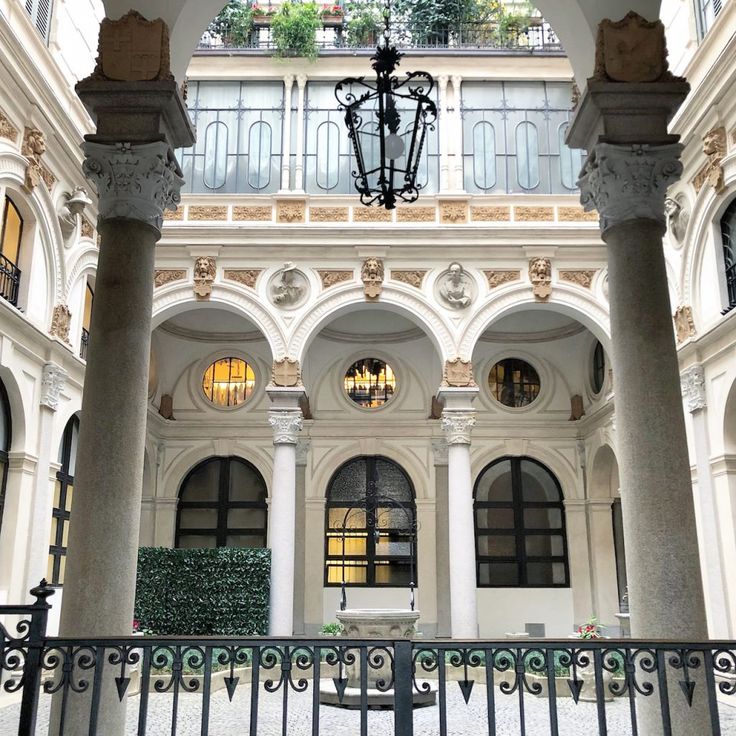
Milan's hidden treasures
They say you either love Milan or you hate it. Some people think it is just a gray city with little to see, but it has much more to offer than people think.
In fact, Milan has some great hidden treasures, figuratively and literally because they are not in plain sight for citizens and tourists. They are covered inside palaces, courtyards, gardens, and secluded streets. Only the most attentive tourist and experienced Milanese know the treasures that Milan holds so secretly.
It is worth mentioning some of the most famous ones so that you do not miss out on gems that make Milan even more special, especially to those who continue to believe that it has nothing to offer.
The first location is Villa Necchi Campiglio located in the heart of Milan, at 14 Via Mozart. It is a real villa in the center of Milan, visible only by crossing the very large garden that surrounds it.
Built by the Necchi Campiglio family in the 1930s, the villa is now owned by FAI, the Italian Environmental Fund. Being an architectural masterpiece by famous Italian architect Piero Portaluppi, it was the first private home in Milan to have a swimming pool. The villa contains numerous works of art and furnishings from the past, retaining its original charm.
Not far from Villa Necchi Campiglio, at 7 Via Cappuccini, is Villa Invernizzi with its gardens that hold singular guests. Within this green area, which can be caught at a glimpse from the street through the gates, there are in fact flamingos.
The question that naturally arises is: how did pink flamingos get there in Milan? They were imported by Cavalier Invernizzi, an entrepreneur as well as a nature and animal lover who owned the villa at the time (in the 1970s).
Mr. Invernizzi was not willing to let go of his life in the country, while his wife dreamed of a life in the city, so the only way to convince her husband to move to Milan was to bring some nature with them. Hence the importation from South America of a colony of pink flamingos into their private garden, which Mr. Invernizzi admired directly from the window of his study.
In the center of the metropolis, where the environment never stands still, a peaceful corner has been created, where these animals quench their thirst in the waters of the fountain that flows in the center of the elegant gardens.
Moving to another neighborhood is the Brera Botanical Garden, located in the garden of the Brera Palace.
Commissioned by Empress Maria Theresa of Austria in 1774, it too is hidden from the eyes of the public despite being in the heart of the city. It is within walking distance of luxury hotels and shopping streets. The Botanical Garden occupies an area of 5,000 square meters and is home to about 300 different species of plants and flowers, a green oasis surrounded by palaces.
In Milan's “Quadrilatero”, famous for its ultra-luxury shopping streets, including Via Montenapoleone, is the “Monastero degli Umiliati”, a former archiepiscopal seminary established in the 16th century at the behest of St. Charles Borromeo.
Over the years the Monastery also became a barracks, hospital, and library, sinking further into oblivion. After five years of renovations, the complex was brought to life and can now be enjoyed for all the glamour that Milan has to offer.
The splendid monastery, characterized by a large inner courtyard surrounded by a square-shaped colonnade, has now been used as a luxury hotel, as well as a venue for fashionable boutiques and restaurants. This structure is also not visible from the street, as one must enter it through a large doorway from Corso Venezia 11.
These mentioned spots are just a few of the many hidden wonders in the city, and that is precisely why you should always keep your eyes wide open in Milan. Something great can be hidden even in the most remote corner.



